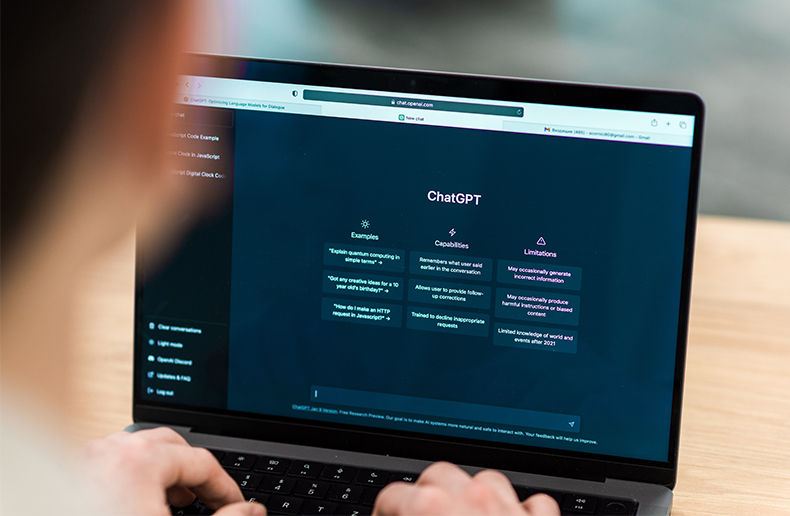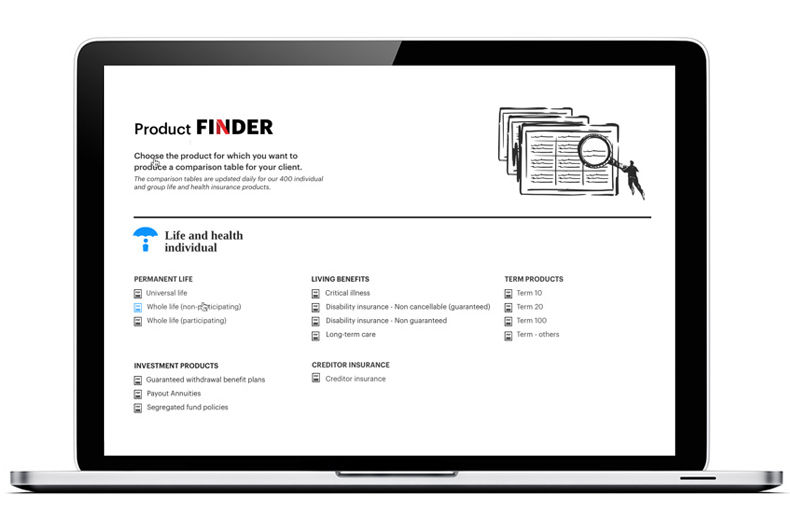Technology and its evolution has continuously shaped the way actuaries approach data analysis and risk assessment, says data science expert Harrison Jones and Andrew McLeod, actuarial analyst, in a guest post on actuarial practice for the Canadian Institute of Actuaries.
Entitled The future is now: How GPT-4 will revolutionize the actuarial profession, the post by the two Deloitte staffers says with the introduction of artificial intelligence (AI) and machine learning (ML) tools, “the profession is on the cusp of another major transformation.”
They add that ChatGPT-4 is not just an interesting tool but is also a signal of recent enhancements which have notably developed the real-world capabilities of AI and ML models. “Relevant to actuaries, GPT-4 was recently given questions from CAS Exam 9. It did fail the exam, but that’s not to say that future versions of GPT will not be capable of passing them.” The column goes on to examine both the opportunities and the risks posed by the models but says there is no doubt they will revolutionize how actuaries work.
“One burgeoning topic within the field of foundational models are the ethical, political and social considerations of the widespread adoption of foundational models. Homogenization, for example, can exacerbate the strengths, weaknesses, biases and idiosyncrasies of a foundation model that is used across a variety of domains without adaptation. Actuaries should be aware of both the pros and the cons.”
The potential benefits and drawbacks discussed include the possible decline in the demand for actuaries, while the programs, at the same time, are used to create new forms of cybercrime and fraud. Among the possible outcomes are increased costs for insurers and policyholders, along with increased regulatory burdens for the industry, as insurance companies and regulators invest in identifying and verifying the authenticity of claims and their supporting materials. Among the potential benefits, the post’s authors list improved decision making and more advanced and sophisticated actuarial models. They also say the programs could possibly be used to generate natural language explanations for complex models, making them more accessible and understandable to a wider audience.
“GPT-5 and beyond will have stronger abilities in computer programming relevant to actuarial work,” they add, pointing out that such developments are already in the works. “It’s crucial for the actuarial profession to remain vigilant and adapt to these changes to ensure its continued relevance.”




